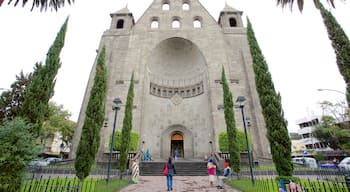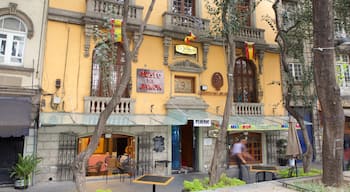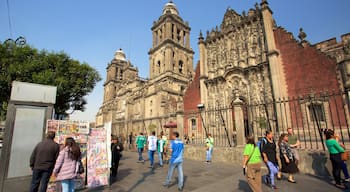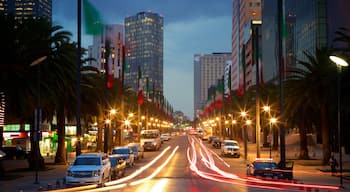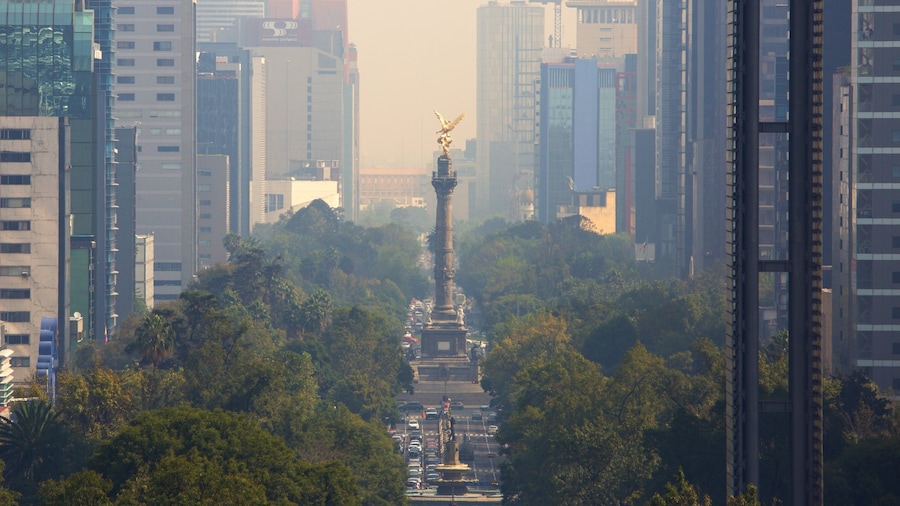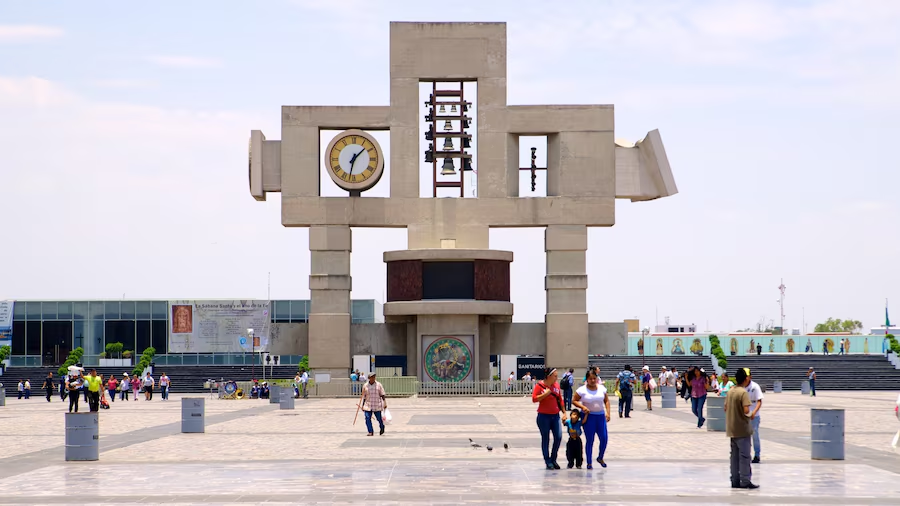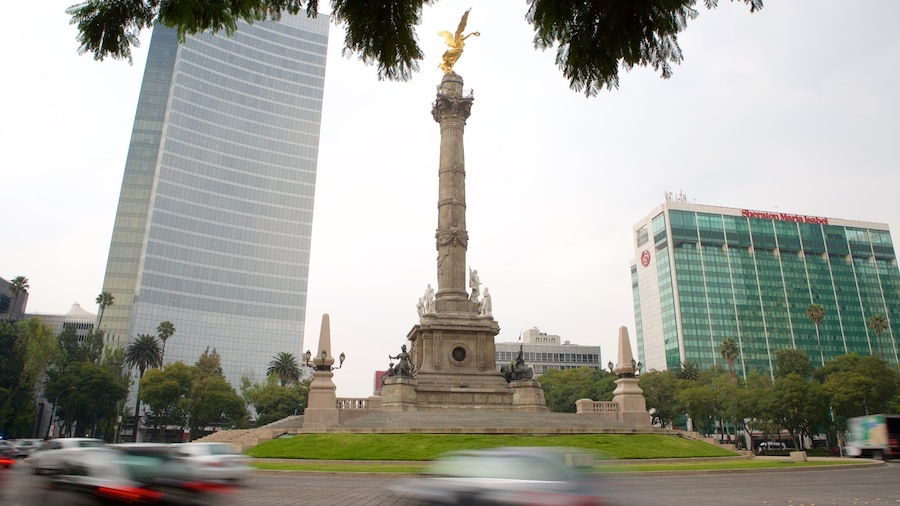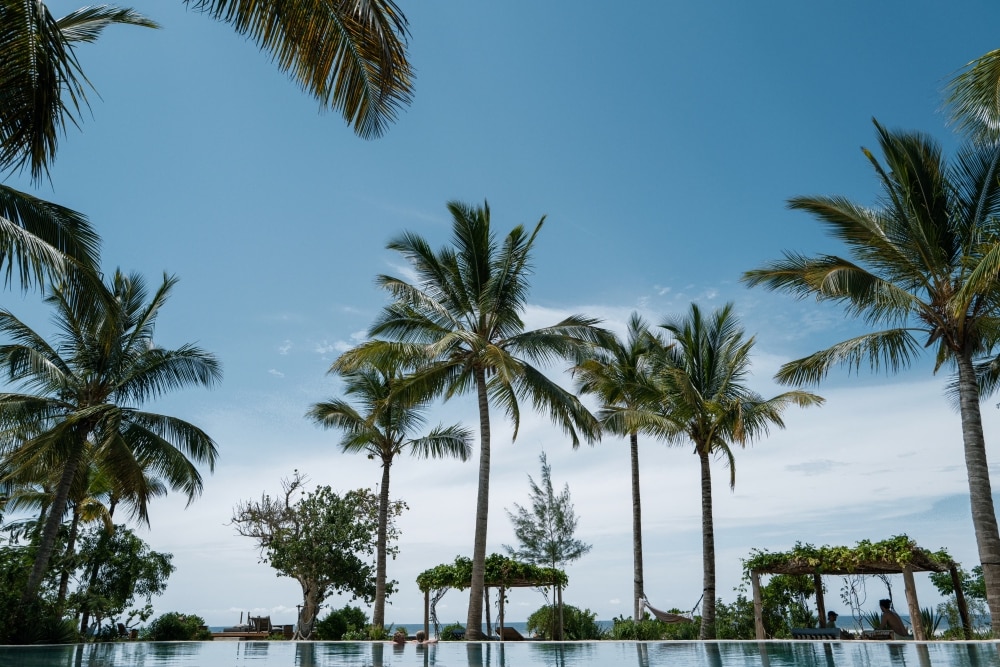
墨西哥城機+酒旅遊套裝行程 4 折起
- 安心規劃、預訂與旅遊
- 一起訂省更多同時預訂機 + 酒,最高可省 NT$5,067*
- 搭配理想選項全球超過 30 萬間飯店任您選,輕鬆建立完美套裝行程
- 就是這麼簡單一站式集中規劃、預訂和管理行程
墨西哥城最佳住宿地點
找到最適合您在墨西哥城住宿的地點,順利達成此行目的。 進一步了解墨西哥城
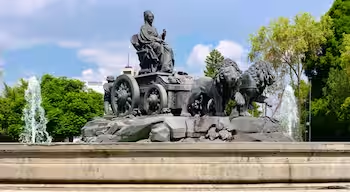
北羅馬
北羅馬向來以趣味博物館和各式各樣的商店聞名,最熱門的景點包括革命大道和羅馬大學文化藝術博物館,一定要安排時間去走走。您可以在起義者站或賽維亞站搭地鐵,暢遊整座城市。
墨西哥城熱門飯店

墨西哥城卡米諾雷阿爾機場飯店
Mexico City
可全額退款
1月1日至1月2日價格為每晚 NT$4,685
NT$4,685
總價 NT$5,599
1 月 1 日 - 2026 年 1 月 2 日
含稅金和其他費用
8.6/10 Excellent! (11,911 則評論)
good
評論日期:2025 年 2 月 22 日

美洲嘉年華改革大道飯店
Paseo De La Reforma 80 Mexico City CDMX
可全額退款現在預訂,入住時付款
1月16日至1月17日價格為每晚 NT$3,451
NT$3,451
總價 NT$4,124
1 月 16 日 - 2026 年 1 月 17 日
含稅金和其他費用
9.2/10 Wonderful! (3,984 則評論)
Tuve una excelente experiencia hospedándome en el Hotel Fiesta Americana reforma. Desde el primer momento me sentí bienvenido, no solo por la comodidad de las instalaciones, sino principalmente por la calidez humana de todo el equipo que trabaja aquí. Cada colaborador desde recepción, restaurante, ...
評論日期:2025 年 12 月 24 日
最低每晚價格是根據過去 24 小時以 2 位成人住宿 1 晚為條件所搜尋到的價格。價格和供應情況可能會有所變動。可能另外有其他條件限制。
Expedia 智遊網帶您環遊世界
- 巴黎 (CDG) 到墨西哥城 (MEX) 航班
- 墨西卡利 (MXL) 到墨西哥城 (MEX) 航班
- 聖薩爾瓦多 (SAL) 到墨西哥城 (MEX) 航班
- 舊金山 (SFO) 到墨西哥城 (MEX) 航班
- 台北 (TPE) 到墨西哥城 (MEX) 航班
- 紐約 (JFK) 到墨西哥城 (MEX) 航班
- 慕尼黑 (MUC) 到墨西哥城 (MEX) 航班
- 溫哥華 (YVR) 到墨西哥城 (MEX) 航班
- 墨爾本 (MEL) 到墨西哥城 (MEX) 航班
- 瓜達拉哈拉 (GDL) 到墨西哥城 (MEX) 航班
- 邁阿密 (MIA) 到墨西哥城 (MEX) 航班
- 首爾 (ICN) 到墨西哥城 (MEX) 航班
- 香港 (HKG) 到墨西哥城 (MEX) 航班
- 聖路易斯波托西 (SLP) 到墨西哥城 (MEX) 航班
- 廣州 (CAN) 到墨西哥城 (MEX) 航班
- 馬尼拉 (MNL) 到墨西哥城 (MEX) 航班
- 羅馬 (FCO) 到墨西哥城 (MEX) 航班
- 安大略 (ONT) 到墨西哥城 (MEX) 航班
- 坎昆 (CUN) 到墨西哥城 (MEX) 航班
- 往墨西哥城航班
- 雪梨 (SYD) 到墨西哥城 (MEX) 航班
- 聖地牙哥 (SCL) 到墨西哥城 (MEX) 航班
- 首爾 (GMP) 到墨西哥城 (MEX) 航班
- 萊昂 (BJX) 到墨西哥城 (MEX) 航班
- 華雷斯城 (CJS) 到墨西哥城 (MEX) 航班
- 瓜地馬拉市 (GUA) 到墨西哥城 (MEX) 航班
- 達拉斯 (DFW) 到墨西哥城 (MEX) 航班
- 蒙特雷 (MTY) 到墨西哥城 (MEX) 航班
- 西雅圖 (SEA) 到墨西哥城 (MEX) 航班
- 高雄 (KHH) 到墨西哥城 (MEX) 航班
- 阿姆斯特丹 (AMS) 到墨西哥城 (MEX) 航班
- 芝加哥 (ORD) 到墨西哥城 (MEX) 航班
- 休士頓 (IAH) 到墨西哥城 (MEX) 航班
- 上海 (PVG) 到墨西哥城 (MEX) 航班
- 錫爾特 (SRX) 到墨西哥城 (MEX) 航班
- 瓜達羅佩別墅飯店旅遊
- 墨西哥最高法院
- 阿拉曼達公園
- 佐卡洛
- 安祖雷斯旅遊
- 國家宮殿
- 羅馬大學文化藝術博物館
- 康得薩旅遊
- 現代藝術博物館
- 墨西哥城旅遊
- 革命紀念碑
- Benjamin Franklin 圖書館
- 聖拉菲爾旅遊
- 查普特佩城堡
- 西班牙公園
- 華瑞兹旅遊
- 郵政宮
- 獨立天使紀念碑
- San Ildefonso 學院
- 美國大使館
- 大地女神噴泉
- 科洛尼亞羅馬旅遊
- 迭戈·里維拉壁畫博物館
- 聖米格爾天使
- 查普爾特佩克旅遊
- 墨西哥體育館
- 三重聯盟花園
- 磁磚屋
- 大都會大教堂
- 三種文化廣場
- 古董玩具博物館
- 國家美術宮
- 大神廟博物館
- 埃斯坎東 1 區旅遊
- 改革大道
- 法蘭茲邁爾美術館
- 瑞馮瑪 222 購物中心
- 加里波第廣場
- 拉丁美洲之塔
- 墨西哥城商業區旅遊
* 節省的金額是將套裝行程價格與分開預訂相同項目的價格相比計算而得。節省金額並非適用於所有套裝行程。
